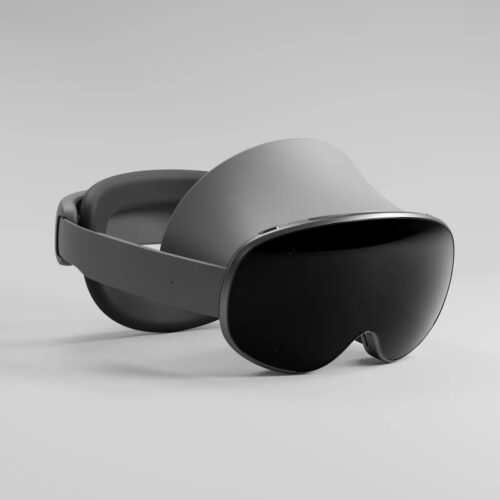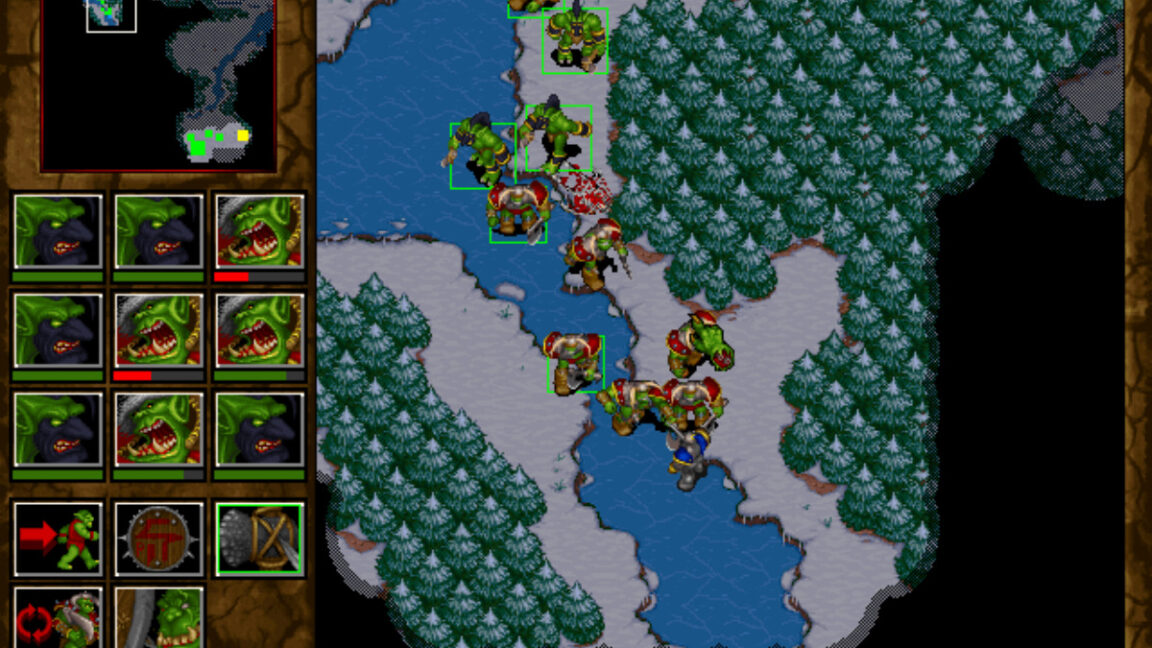Google will apparently offer “AI Mode” right on its main search page
Google will soon take more steps to make AI a part of search, exposing more users to its Gemini agent, according to recent reports and app teardowns.
"AI Mode," shown at the top left of the web results page and inside the Google app, will provide an interface similar to a Gemini AI chat, according to The Information.
This tracks with a finding from Android Authority earlier this month, which noted a dedicated "AI mode" button inside an early beta of the Google app. This shortcut also appeared on Google's Android search widget, and a conversation history button was added to the Google app. Going even deeper into the app, 9to5Google found references to "aim" (AI mode) and "ai_mode" which suggest a dedicated tab in the Google app, with buttons for speaking to an AI or sending it pictures.


© Getty Images

























 The Macintosh LC III, forerunner to a bunch of computers with a single misaligned capacitor.
Credit:
Akbkuku / Wikimedia Commons
The Macintosh LC III, forerunner to a bunch of computers with a single misaligned capacitor.
Credit:
Akbkuku / Wikimedia Commons











